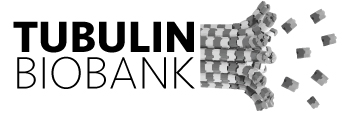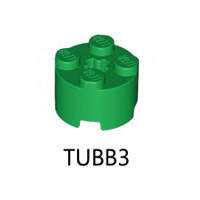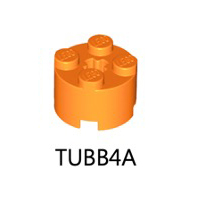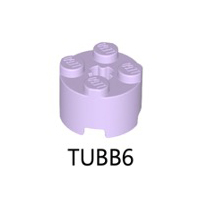Tubulins in brain
development
Tubulins in brain development
What are Tubulins, and why are they important for brain development?
You may be a parent or care for someone who has recently been told they have or may have a tubulinopathy. This might be the first time you have heard of the tubulinopathies, or the tubulins. We have outlined what we know about the formation of the brain and some of the ways in which it can go wrong.
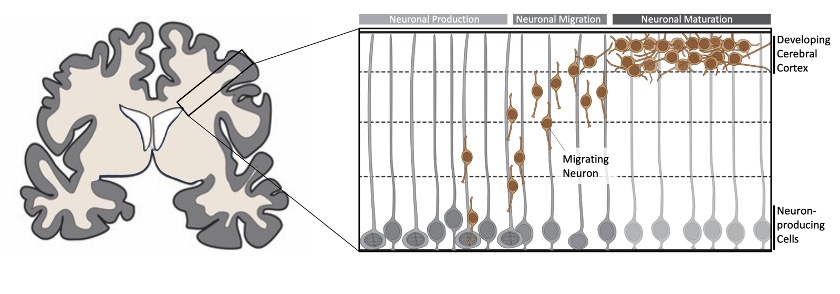
The information on this website should not a substitute for personal medical advice. Families should always consult a medically qualified clinician.
Brain Development
The human brain is one of the most complex biological structures in the universe and its formation requires an elaborate and finely coordinated sequence of cellular events. As most of this happens before birth, we are still learning about how the brain forms. It can however be simplified into three main stages: 1) the production of Neurons (the specialised cells that enable intelligent thought), which are born towards the centre of the brain; 2) the mass migration of neurons from their place of birth to the cerebral cortex (the outermost part of the brain, known for its recognisable pattern of bumps and folds) and 3) the maturation of neurons, which begin to wire up with one another, forming trillions of connections to start to communicate and process information.
Tubulins & Microtubules
The formation of the brain is instructed by information encoded within stretches of our DNA called genes. Within our DNA, there are a family of related genes called the tubulins, which contain information to produce tubulin proteins.
There are different classes of these proteins which, in humans, include alpha-, beta- and gamma-tubulin. The most common are alphas and betas. These two tubulin proteins combine to form something called a heterodimer. These heterodimers subsequently co-assemble to form long, scaffold-like structures within our cells called Microtubules.
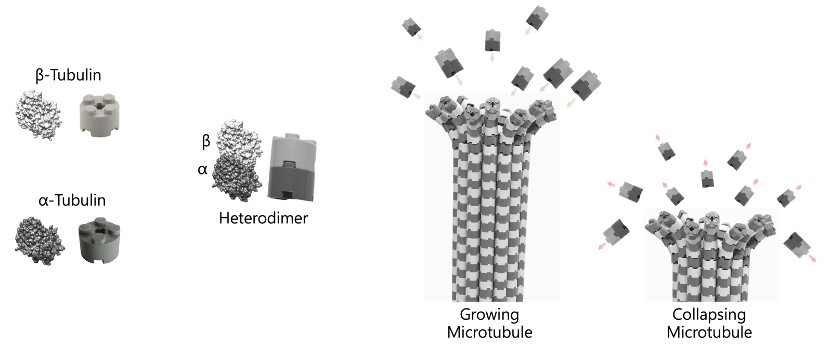
Microtubules are dynamic structures that characteristically undergo periods of steady growth/elongation (addition of new heterodimers) before sudden and rapid collapse (loss of heterodimers). This cycling behaviour between growth/collapse is harnessed by practically every cell in the body but is extremely important during brain formation. This is because microtubules generate the intracellular forces required for all three stages of brain development: neuronal production, neuronal migration, and neuronal connection.
Reflecting the multiple important roles performed by microtubules during brain development, a number of different alpha- and beta-tubulin genes are active in the brain, some almost exclusively during its development. These include alpha-tubulin TUBA1A, beta-tubulins TUBB (sometimes known as TUBB5), TUBB2A, TUBB2B, TUBB3, TUBB4A, and also gamma-tubulin TUBG1. And whilst the pictures might suggest that Microtubules are composed of uniform alpha- and beta-tubulin subunits, they are actually made up of multiple slightly different tubulin proteins, encoded by these different genes.
These different tubulin proteins are almost identical in structure, and are all compatible with the microtubule framework. Not every tubulin is active in every cell, however. There some which are most active in neuron-producing cells (e.g., TUBB), whilst others are only expressed in more mature neurons (e.g., TUBB3) and it is thought that each can modify microtubule behaviour in slightly different ways to carry out slightly different cellular tasks.
It is for this reason that diseases associated with different tubulins often present with slightly distinctive clinical features. Collectively, these diseases are known as the Tubulinopathies.
We also have other tubulin genes in our DNA (e.g. TUBA1B, TUBA1C, TUBB1, TUBG2), however many of these are not expressed as highly in the developing brain but are more active in other parts of the body and/or after the brain has fully matured.
What do all the gene names mean?
The gene symbols all look very similar and can be confusing at first. The first three letters (TUB) tell us it is a tubulin gene; the fourth letter indicates the tubulin gene family, and will either be an A(lpha-tubulin), B(eta-tubulin) or G(amma-tubulin); any letters or numbers after the fourth refer to the specific gene within the tubulin family (e.g., TUBB2A = Tubulin Beta 2A, TUBB2B = Tubulin Beta 2B).
